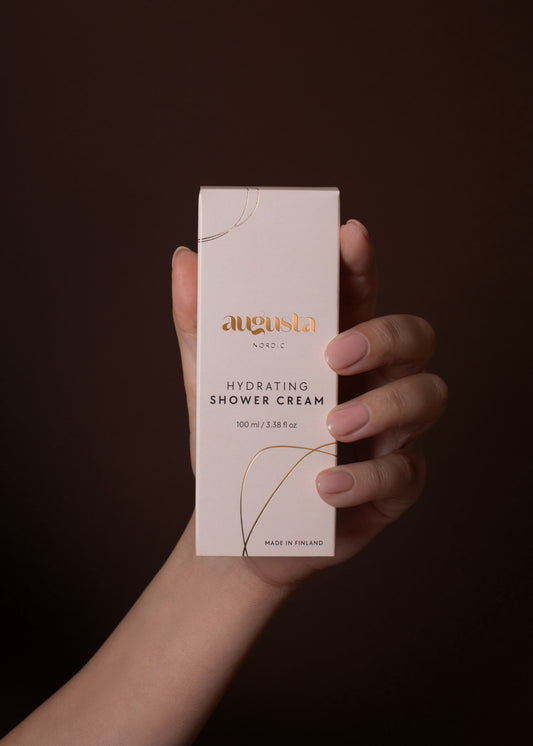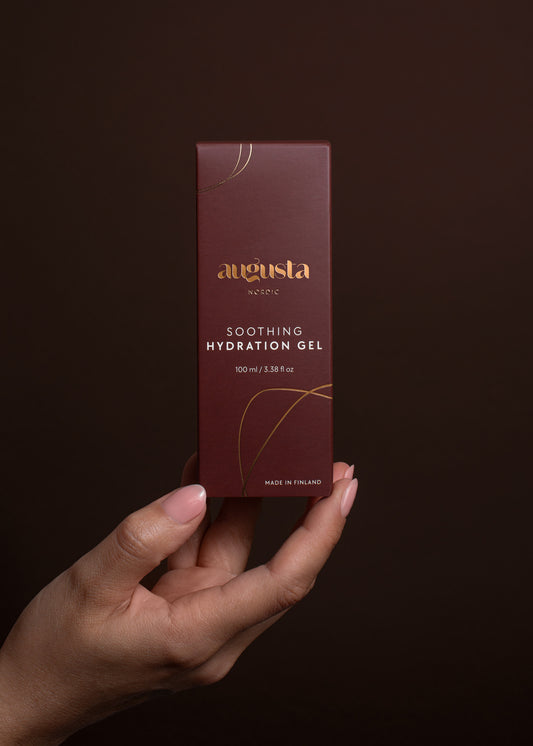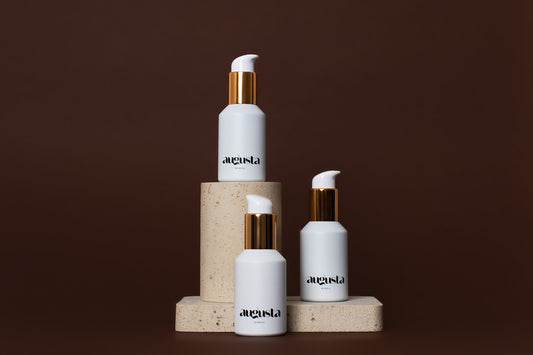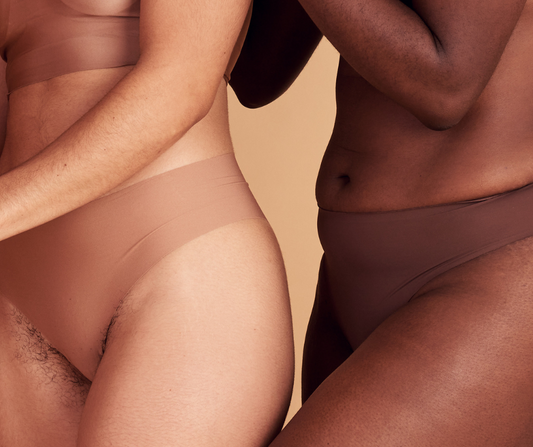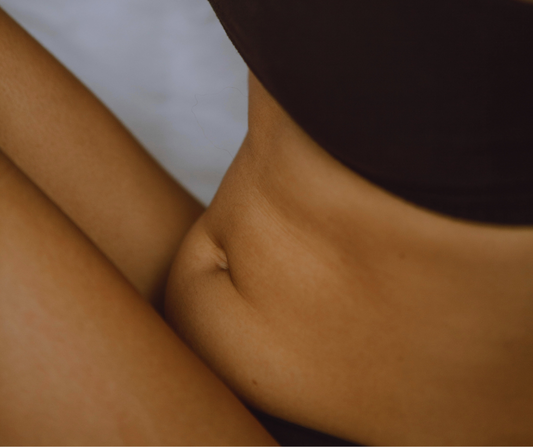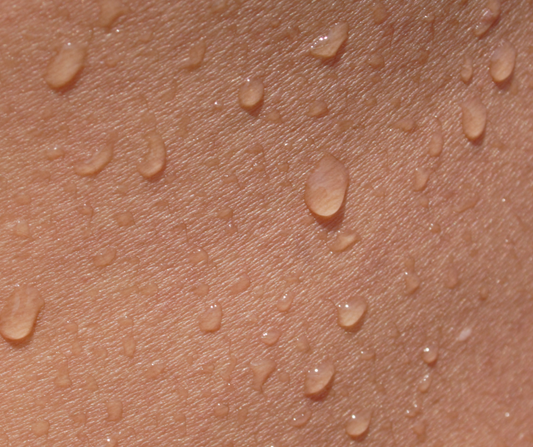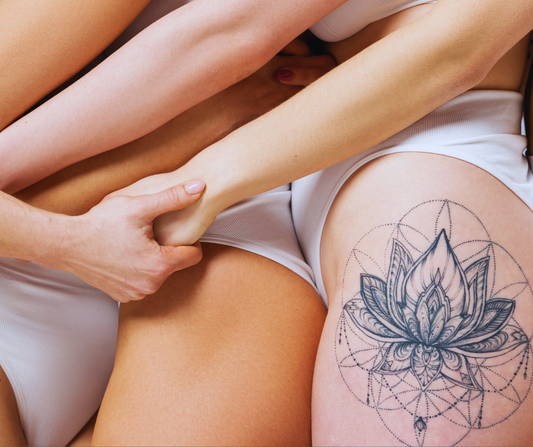Menopause is a transformative phase of life, full of changes that often come with their fair share of challenges. One common, yet rarely talked about, concern is incontinence. Yes, those little leaks or urgent dashes to the bathroom can catch you by surprise and leave you feeling frustrated or even embarrassed.
But here’s the thing: incontinence during menopause is common and often manageable. Let’s dive into what’s happening with your body and how you can take control.
What Causes Incontinence During Menopause?
The root cause often lies in your hormones. Estrogen, the star player in maintaining the strength and elasticity of your pelvic tissues, starts to decline during menopause. This drop has a domino effect, including:
- Thinning of the mucous membranes: The tissues lining your bladder and urethra lose some of their resilience, leading to reduced support for your urinary system.
- Weakened pelvic floor muscles: These muscles may lose tone over time, reducing their ability to control the release of urine effectively.
- Vaginal atrophy: Thinning, drying, and inflammation of vaginal tissues can further contribute to urinary discomfort and urgency.
Combined with other aging-related changes, these factors can lead to two common types of incontinence:
- Stress incontinence: Leaks happen when pressure on your bladder increases, such as during sneezing, coughing, or laughing.
- Urge incontinence: A sudden, intense need to urinate, often without much warning, leading to accidents if a bathroom isn’t nearby.
The Role of Hormonal Changes and Vaginal Health
Lower estrogen doesn’t just affect the bladder, it changes the entire vaginal environment. As mucous membranes thin and the pH shifts, the natural lubrication that once helped cushion your urinary system diminishes.
This thinning can make your bladder and urethra more sensitive to irritation and less capable of sealing off small leaks.
Is Incontinence Normal?
Incontinence is common, but that doesn’t mean you have to live with it in silence. It’s important to remember that these changes are part of the natural aging process and not a personal failing. If incontinence is interfering with your quality of life, seeking help is a sign of self-care and strength.
Tips for Managing Incontinence During Menopause
Fortunately, there are many ways to manage and even reduce incontinence symptoms. Here are some practical strategies:
- Strengthen your pelvic floor muscles: Kegel exercises are a great way to tone these vital muscles, improving bladder control.
- Stay hydrated: While it may seem counterintuitive, drinking enough water helps maintain bladder health. Just avoid bladder irritants like caffeine or alcohol.
- Choose breathable fabrics: Opt for natural, absorbent fabrics in your undergarments to reduce irritation and stay comfortable.
- Consider hormone therapy: Topical estrogen creams or other hormone replacement therapies may help restore tissue strength and elasticity.
- Explore intimate care products: Use products designed to soothe and support thinning vaginal tissues. A little extra TLC goes a long way.
When to Seek Professional Help
If incontinence is persistent or severe, or if you notice symptoms like pain, blood in your urine, or frequent infections, it’s time to consult a healthcare provider. They can assess your situation and recommend treatments, such as pelvic floor physical therapy or medication.
